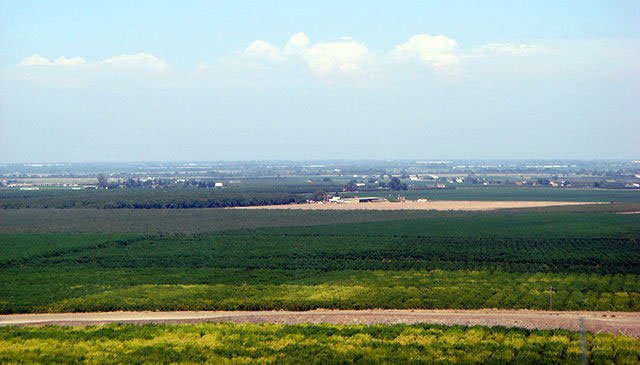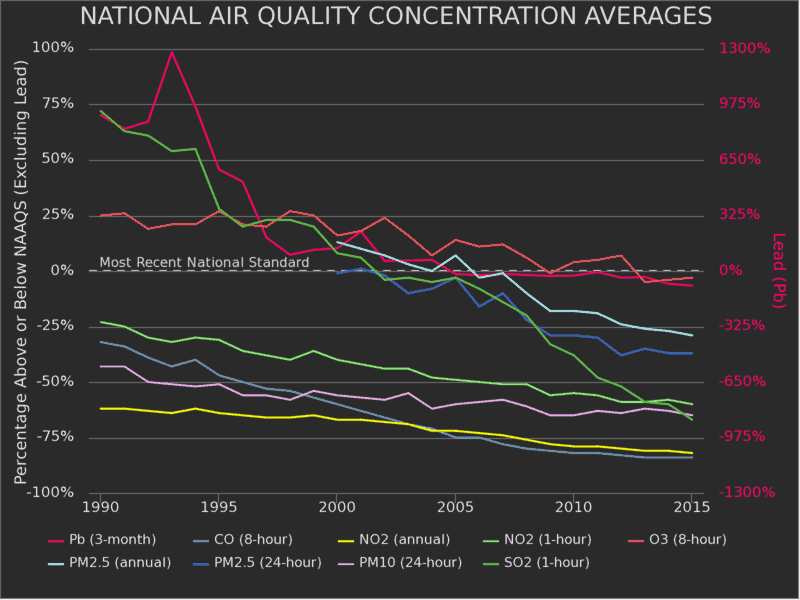In “The three commonalities of air pollution and climate change,” posted here on the Air Quality Matters blog on Sept. 22, 2020, the passage having to do with polluted air expressly and that just about says it all, reads:
“Air pollution is a disrupter in how it affects people’s lives. Depending on concentration, amount, type and the duration of exposure to, air pollution can create all manner of health problems in people. From the beginning of the Industrial Revolution in 1750, polluted air, by and large, was not the focus of most people’s attention. However, during the 1930s, the ’40s and ’50s with thousands of lives lost brought on by exposure to deadly fumes and smoke or soot in places like Meuse Valley, Belgium, Donora, Pennsylvania and London, England to name but three, these are among such events which really opened people’s eyes of the dangers posed by air toxics. The presence of atmospheric inversions in those communities affected is what gave rise to the so-called ‘killer smogs.’”
With regard to that passage’s first two sentences: “Air pollution is a disruptor in how it affects people’s lives.” And, “Depending on concentration, amount, type and the duration of exposure to, air pollution can create all manner of health problems in people,” I am extremely thankful to those persons who not only recognized both the danger posed and damage wrought, but took the time and had the wherewithal to help rid the air of the muck, thereby making a difference in countless people’s lives all across this great planet of ours whose worlds have quite literally been turned upside down by this most unwelcome disruptor, interrupter, call it what you will!
Which brings us to the topic of how and why air-pollution mitigation went in the direction it did.
The Clean Air Act
On Dec. 31, 2020, the Clean Air Act (CAA) celebrates its golden anniversary and marks 50 years of air-care/-cleanup progress. Without this extraordinary effort and others like it, think how much worse off the air that you and I breathe would be.

A half-century ago there were those who were thinking about just this very thing, apparently. So much so it seems that this all culminated in the signing by then U.S. President Richard M. Nixon of this landmark legislation thus signaling to the American people that the difficult task that lay ahead to clean up the pollution in air contributed from both mobile and stationary sources was afoot.
Completely escaping my detection was any news of this nature. Completely understandable considering there were way more important matters for the student that I was in high school at the time to think about, like learning to drive and getting a driver’s license and what was to be post-graduation.
What also escapes me is why I even became cognizant of the condition of the air in the first place, though that might not be as important as the fact that I did. What I am able to say, on the other hand, is that in my literary pursuits as both writer and editor, there was for me this inflection point when my writing focus turned to environmental matters and to the air specifically. Could this have been attributed to all the 1980s from-Fresno-to-the-San-Francisco-Bay-Area-and-Los-Angeles-basin-and-back work commutes, my seeing first-hand the juxtaposition of clean air set against that which wasn’t upon my traversing the passes of Altamont and Tejon, respectively? Anyone who’s traveled either of these cross-mountain accessways should instinctively know what I mean. Or could it have even been that one day right out of the blue I had this epiphany?

What matters here is the fact that I am aware and trying through my writing to make a positive difference and effect positive change. And this particularly, given that this is the Clean Air Act’s 50th anniversary.
Be this as it may, while this critically important piece legislation no doubt has made a world of difference in the lives of many, the air in many places from border to border and coast to coast to coast, is unhealthy and still not meeting established federal health standards. In other words, there remains a tremendous amount of work still to be done to clean it up.
Air as one of life’s three essentials (food and water are the others) should never be taken for granted but should, instead, be taken care of. It is with this in mind that the Clean Air Act was created, and that it is still with us five decades later, is a testament to its importance. But, that air in much of the country is not near clean/clear enough, incontrovertible is the evidence of the CAA’s continued need.
 Images: U.S. Environmental Protection Agency, Washington, D.C. (top); White House Photo Office (second); U.S. Environmental Protection Agency via Wikimedia Commons (bottom)
Images: U.S. Environmental Protection Agency, Washington, D.C. (top); White House Photo Office (second); U.S. Environmental Protection Agency via Wikimedia Commons (bottom)
– Alan Kandel


